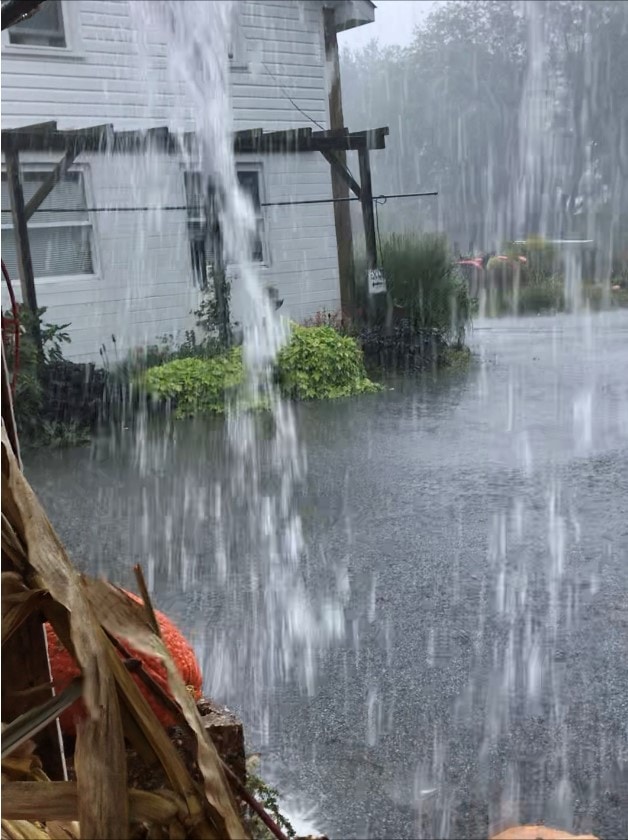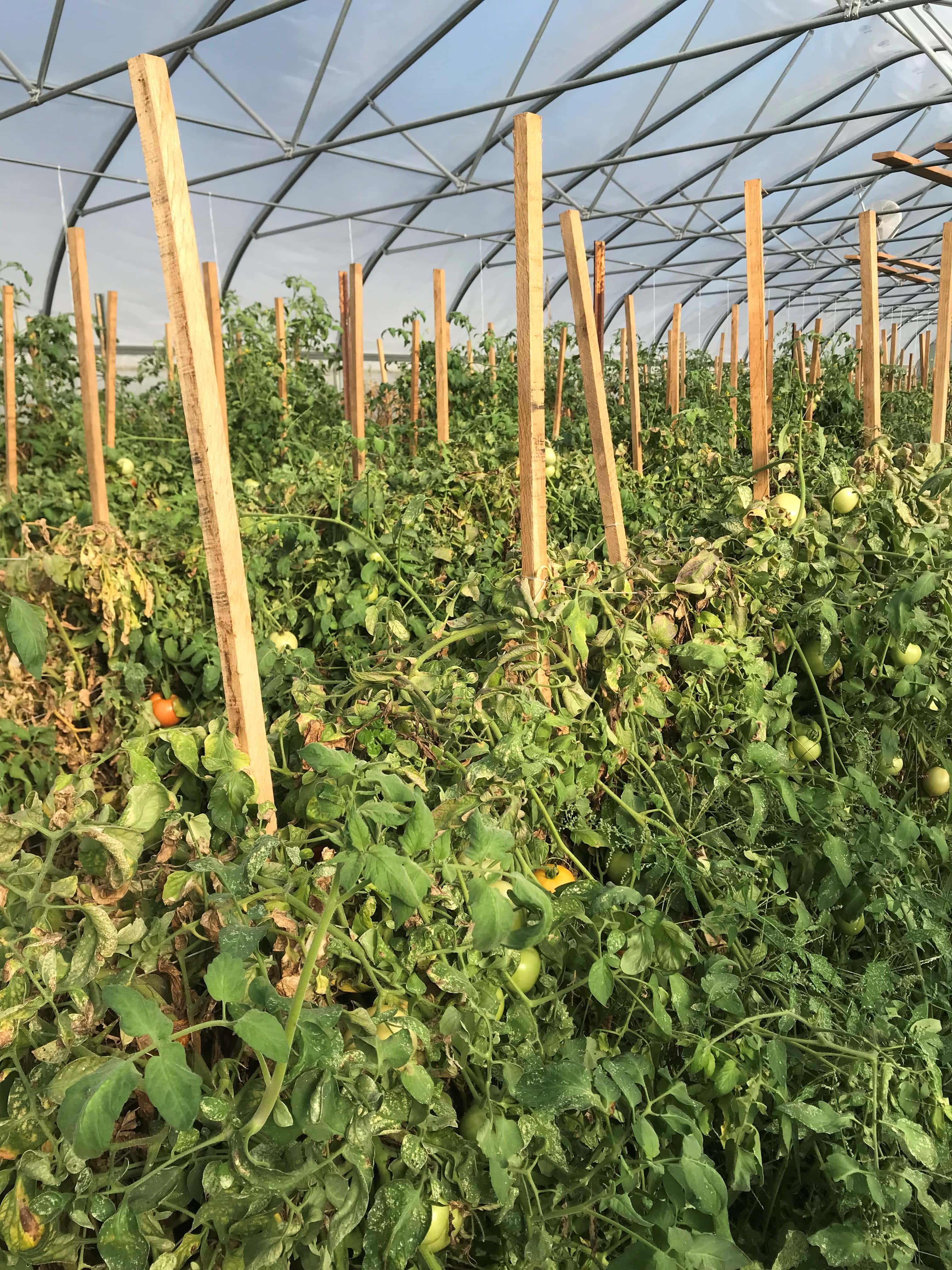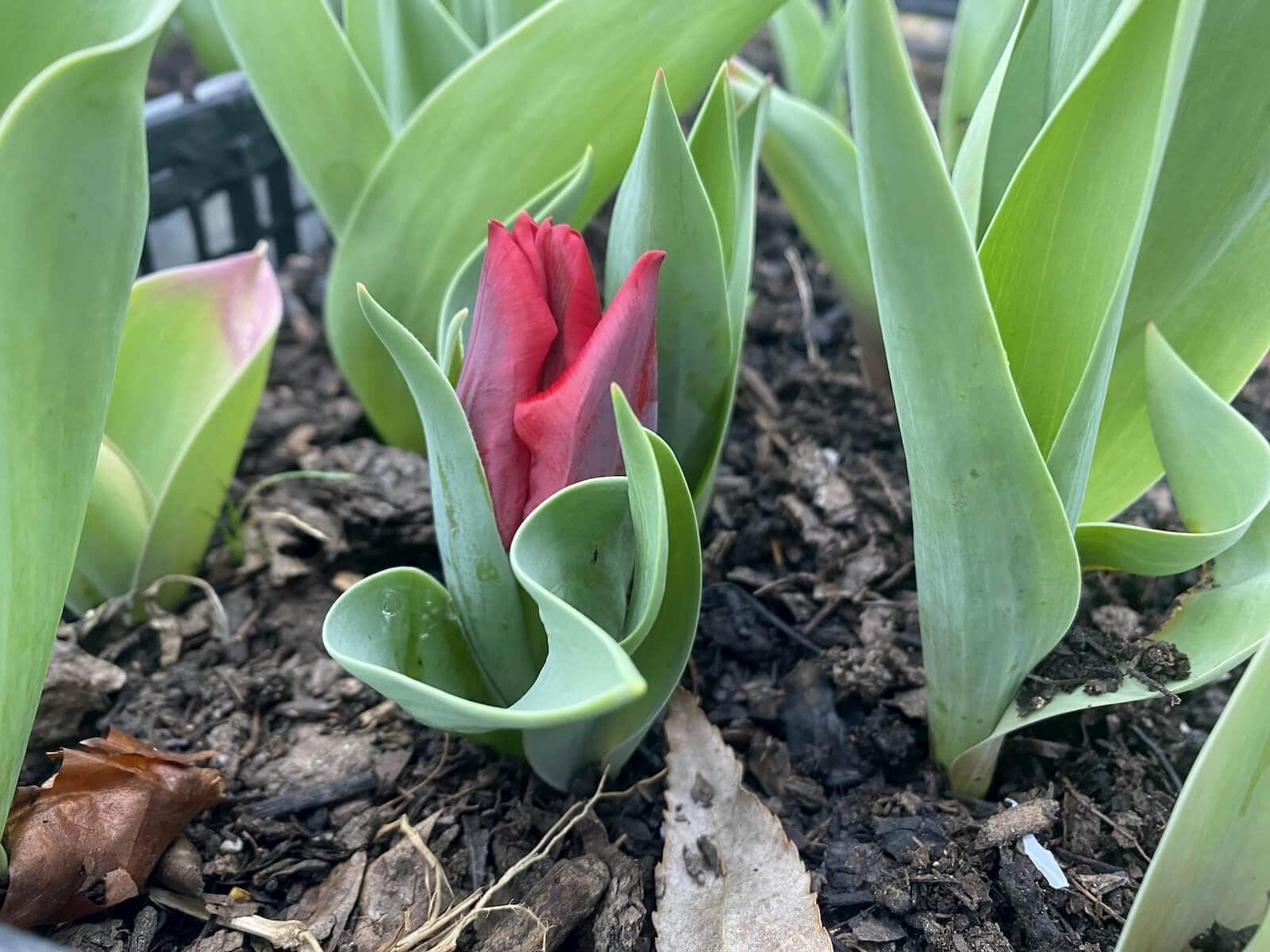This post may contain affiliate links. Probably doesn’t, but it might. It doesn’t cost you anything extra but if you use these links to buy something, we may earn a commission.
Usually, you think rain is good for farmers and for crops. Usually, that is true. But sometimes there can be too much of a good thing.
We love the spring rains which make the crops jump up overnight. Everything is green and vibrant. We love the summer rains which cool things off, heal the cracks in the ground, and restore wilting plants. We love the fall rains which signal the change of seasons and set the trees and shrubs in a good place to survive the winter.
But when it rains day after day, then mold starts to grow. Mold is not good for any of our crops. When the rain comes down in deluges, the roots of the plants are drowning and gasping for relief. That’s when you see yellow leaves on plants. If the rain continues, the plants die. When we are growing small ponds instead of puddles, it’s too much. Volatile weather is not our friend!

All the berries, cherries, plums, and peaches are particularly susceptible to excess rain. The fruit absorbs all that water and then they do not keep very well, if at all.
We can put rain on, but we cannot take it off.
Dealing with the whims of the weather is one of the reasons we have invested in high tunnels and covered growing. There are many plants that want water on the roots but not on the leaves—basil for instance. Since we have started growing basil under cover, we have abundant high-quality basil for the farm market and for the CSAs all spring, summer, and fall.

Growing tomatoes in the tunnel guarantees tomatoes early in the season. The plants are protected from a weird cold night or a deluge of rain just when the tomatoes are ripening. The plants are in the ground with an umbrella! The high tunnel provides the tomato plants enough protection while letting them spread out.
Using drip irrigation ensures the right amount of water gets to the plants. As we work on a rain capture system to feed the irrigation, we hope to reduce the extra water needed for the crops to grow. This is still a work in progress!

Fortunately, we are not in the days of Noah and it stops raining eventually. We love it when the sun comes back out. We assess what survived and what didn’t, and then we figure out how to do better for the next time.
Come see us at the farm market to eat fresh, eat local, eat well. Growing beyond expectations.
Follow us on Facebook @highlandorchards and Instagram @highland_orchards for behind-the-scenes views of what we are doing. Find us at www.highlandorchardsfarmmarket.com. Feel free to email with questions or comments to [email protected].






